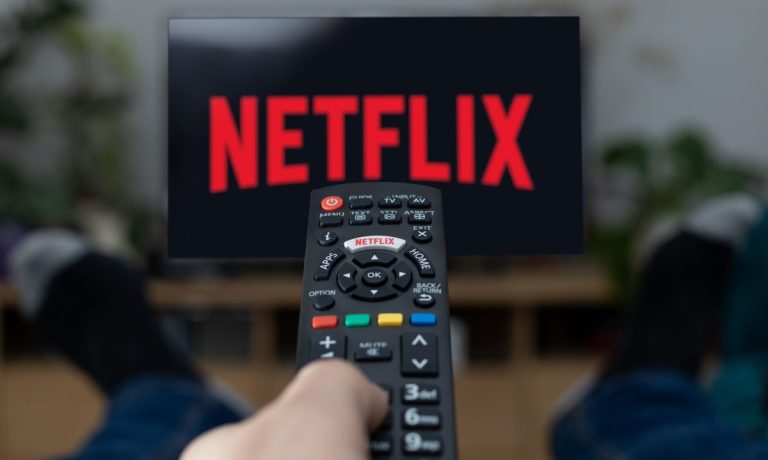
Netflix now has more subscribers in the EMEA region than in the U.S. and Canada.
The latest figures from Netflix’s Q4 earnings reveal that in the final quarter of 2022, the company had 76.73 million paying subscribers in Europe, the Middle East and Africa (EMEA) compared to 74.3 million in the U.S. and Canada (UCAN).
Over the years, the company has invested in localizing its content for non-American viewers and now has a tailor-made library for each market, including a growing volume of non-English titles.
On the one hand, this has meant diversifying its content acquisition strategy to embrace partnerships with global film and television studios. On the other, a number of recent Netflix originals prove that the firm is capable of producing blockbusters in languages other than English.
In fact, seven of the platform’s top ten most popular non-English films ever were released in 2022 and each one of them was produced in Europe, further emphasizing the contemporary significance of the EMEA market for the company.
From the Norwegian monster movie Troll to the Spanish teen romance Through My Window, during the past year, Netflix has proven its willingness to employ European filmmakers and turned out some of its most popularly acclaimed content in the process.
With Netflix now a global content machine, the question of whether other U.S. streaming services can repeat its success lingers.
Looking to build on Netflix’s EMEA growth, Disney+ launched its own offensive in the region in the summer of 2022. And following a string of launches in May and June, including its first EMEA ventures outside of Europe, Disney+ now boasts broad coverage in the region, where the service is available in 60 countries.
That said, for the best chance of picking up new users as they expand globally, streaming platforms need to localize their payment tech and embrace the range of non-card payment methods that are popular outside of the U.S.
For example, in the Middle East and North Africa (MENA), streaming services are leveraging mobile payments as a way to entice new customers.
With global players like Netflix and Disney+ on the march, smaller, local services like France’s Salto have sometimes struggled to stay afloat. Just two-and-a-half years since it was launched, the on-demand video platform is now likely to be dissolved after failing to find a buyer for several months.
First reported by the French publication l’Informe this month, the anticipated dissolution of Salto signals a failed attempt by the country’s incumbent television channels to protect their market share from the rise of online streaming.
The service features catch-up content from 19 different channels belonging to TF1, France Télévisions and M6, and was intended as a local alternative to the likes of Netflix with a greater focus on French-language originals.
Although in this instance it looks like traditional television services have failed to muscle in on the online streaming market, their concerns are certainly valid.
Even in its largest markets like the U.S. and the U.K., Netflix still accounts for less than 10% of viewers’ video screen time, the company revealed in its Q4 earnings. Moreover, it added that streaming overall accounts for less than 40% of viewing across these markets, and as little as 6% in Poland.
That means that after chipping away at the dominance of traditional television for more than a decade since it first launched its streaming service, Netflix still has plenty of space to grow into, and historical trends are on its side.
In a letter to shareholders on Thursday (Jan. 19), the company said it believes that “ultimately the vast majority of time spent on TV will happen via streaming, which should provide a long runway for growth as we continue to improve our service.”
For all PYMNTS EMEA coverage, subscribe to the daily EMEA Newsletter.